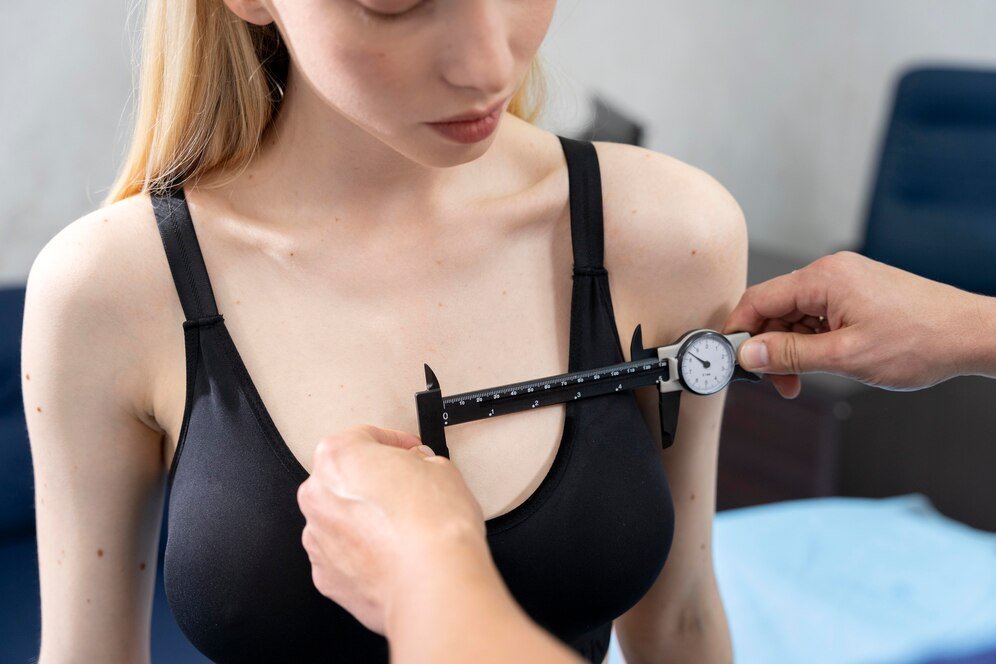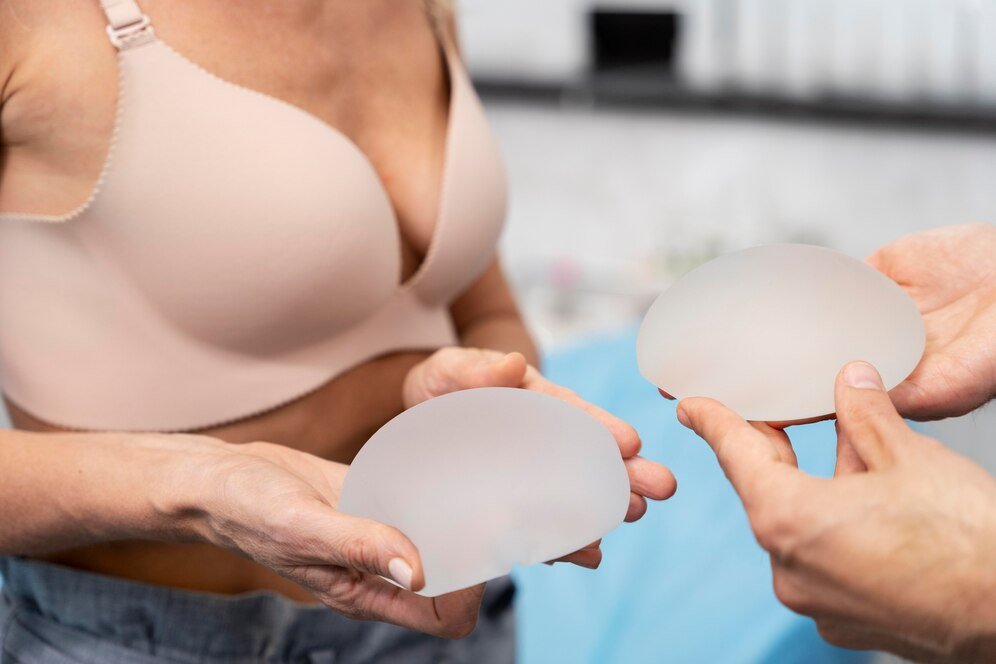Effective pain management is a crucial aspect of recovery after breast augmentation surgery. Properly managing pain can help you heal more comfortably and reduce the risk of complications. Here’s a comprehensive guide to understanding and managing pain following your breast augmentation.
1. Understanding Post-Surgery Pain
After breast augmentation, it’s normal to experience pain, discomfort, and soreness, particularly in the first few days. The level of pain varies depending on several factors, including:
- Implant Placement: Implants placed under the muscle (submuscular) generally cause more post-operative pain than those placed above the muscle (subglandular).
- Surgical Technique: The size of the implants, the incision location, and the extent of tissue manipulation can all impact the level of discomfort.
- Personal Pain Tolerance: Each person’s pain threshold and response to surgery are different, affecting how they experience pain.
2. Pain Management Strategies
Medication:
- Prescription Pain Relievers: Your surgeon may prescribe opioid medications, such as hydrocodone or oxycodone, for the first few days post-surgery. These are effective for managing moderate to severe pain but should be used only as directed due to the risk of dependence.
- Over-the-Counter Pain Relievers: Nonsteroidal anti-inflammatory drugs (NSAIDs), such as ibuprofen, can help reduce pain and inflammation. Acetaminophen (Tylenol) is also commonly recommended.
- Muscle Relaxants: If you experience muscle tightness, your surgeon might prescribe muscle relaxants to alleviate discomfort.
Cold Compresses:
- Application: Applying cold compresses to the chest area can help reduce swelling and numb the area, which can ease pain. Use for 15-20 minutes at a time, and ensure the compress is not placed directly on the skin to avoid frostbite.
Supportive Garments:
- Surgical Bra: Wearing a surgical bra or compression garment helps support the breasts, reduce swelling, and minimize discomfort by keeping the implants in place.
- Avoid Tight Clothing: Wear loose-fitting clothing that is easy to put on and take off to avoid unnecessary pressure on the chest.
Rest and Activity:
- Rest: Get plenty of rest during the initial recovery period. Elevating your upper body with pillows while sleeping can help reduce swelling and ease discomfort.
- Gradual Movement: While rest is essential, light activities like short walks can improve circulation and promote healing. Avoid heavy lifting, strenuous exercise, or raising your arms above your head until cleared by your surgeon.
Positioning:
- Sleep on Your Back: Sleeping on your back with your upper body slightly elevated is recommended to reduce pressure on the breasts and minimize pain.
3. When to Contact Your Surgeon
While pain and discomfort are normal after breast augmentation, certain symptoms require immediate attention:
- Severe Pain: If pain is not relieved by medication or suddenly worsens, contact your surgeon.
- Signs of Infection: Redness, warmth, fever, or discharge from the incision sites may indicate an infection.
- Implant Issues: Sudden swelling, sharp pain, or changes in breast shape could signal complications such as implant rupture or hematoma.
4. Long-Term Pain Management
As your body heals, pain should gradually decrease. However, some discomfort, particularly when moving or exercising, may persist for several weeks. Adhering to your surgeon’s guidelines for post-operative care, including any prescribed physical therapy or massage techniques, can help alleviate lingering discomfort and promote a smoother recovery.
Managing pain effectively after breast augmentation is essential for a comfortable recovery and successful healing. By following your surgeon’s advice, using medications as directed, and taking care of your body during the recovery period, you can minimize pain and support your body’s healing process. Always communicate with your healthcare provider about any concerns or unusual symptoms during your recovery.










